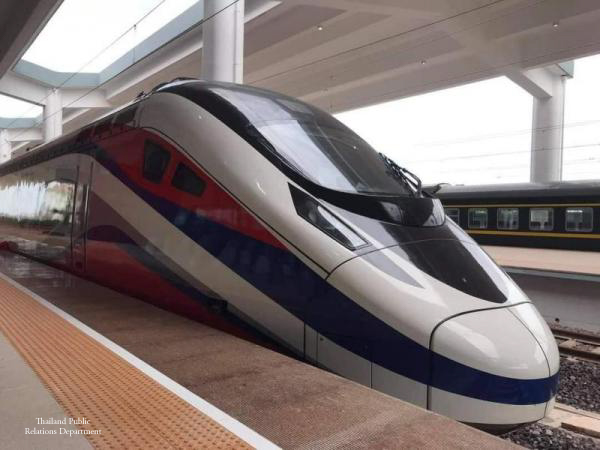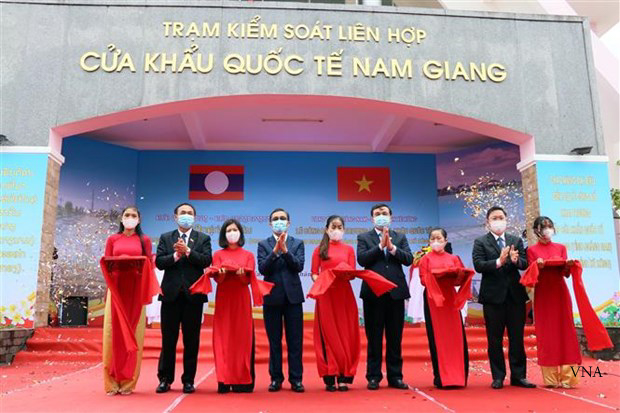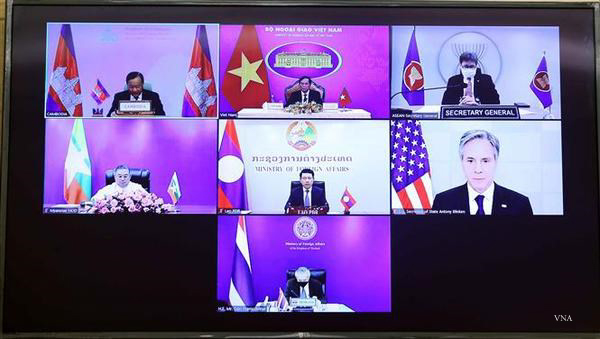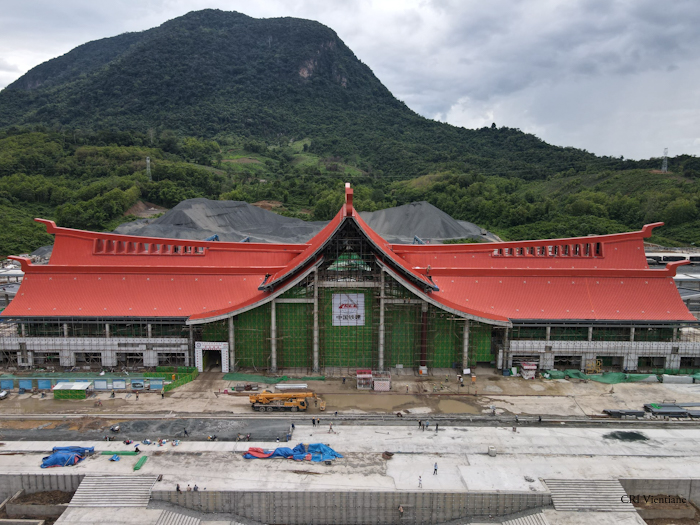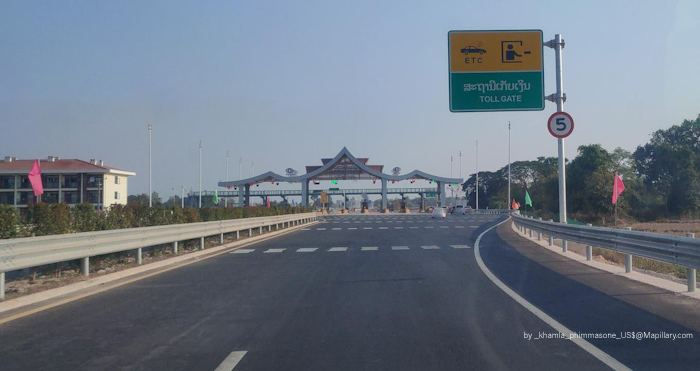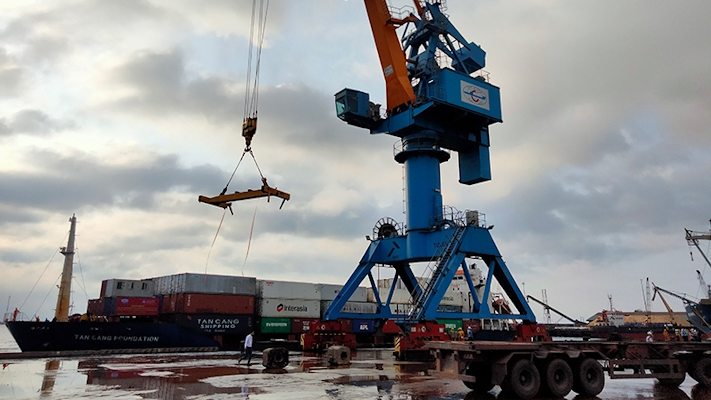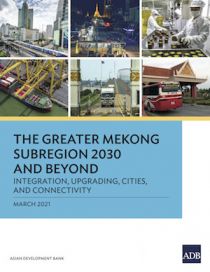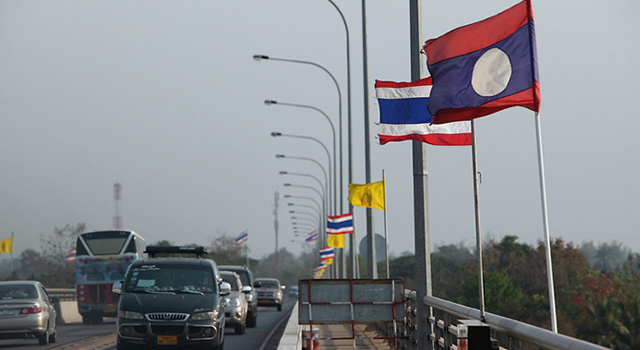Planned Thailand-PRC High-speed Railway to Link to PRC-Lao PDR Railway
Thailand will accelerate its railway connectivity, in line with the opening of the railway link between the People’s Republic of China (PRC) and Lao People’s Democratic Republic (Lao PDR) in December 2021.

